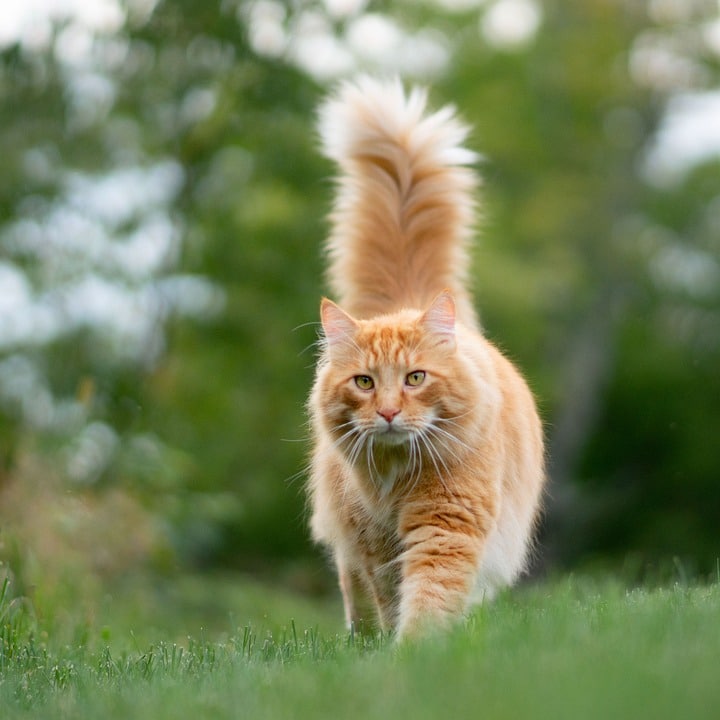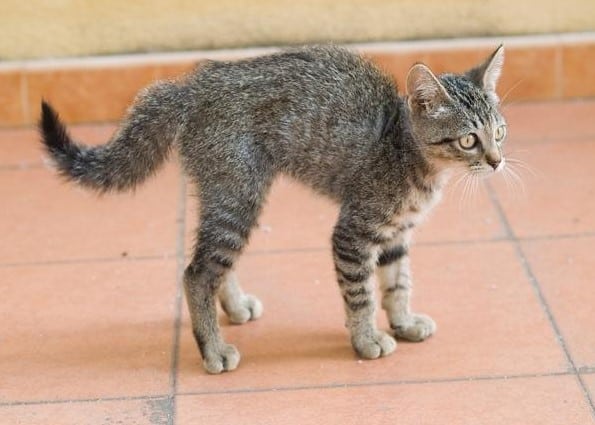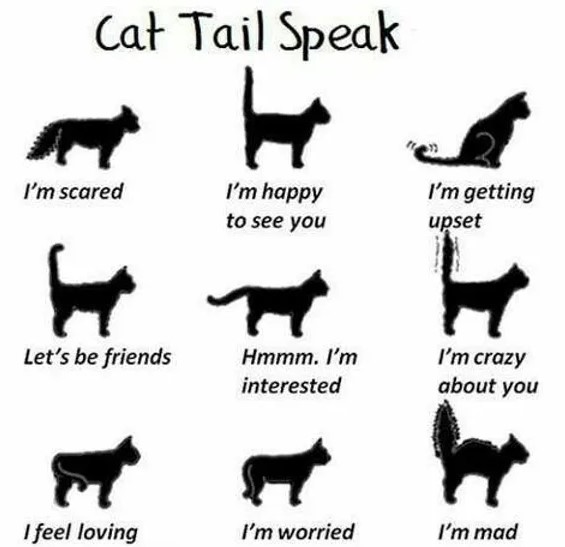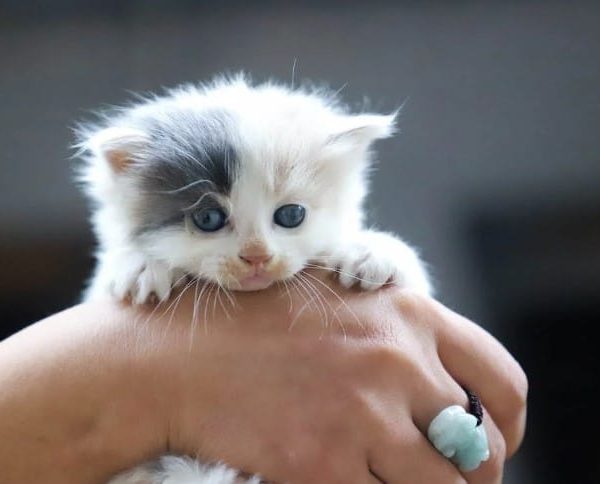Cats are fascinating and lovable creatures, and one of their unique features is their tail. A cat’s tail can communicate a lot about its mood and intentions, and one behavior usually observed in cats is tail puffing.
Every feline lover asks what your cat’s puffed tail is saying. Tail puffing is when a cat’s tail appears larger and fluffier than its normal size. While it may seem like a trivial behavior, tail puffing can mean several different things and emotions in cats. Here are the four reasons why cats puff their tails:
1. Fear or Aggression :
Tail puffing can be a sign of fear or aggression in cats. When a cat feels threatened or uncomfortable, it may puff its tail as a defensive mechanism. The puffing makes their tail appear larger, which can make their claws, teeth, and natural predatory instincts can turn dangerous. In this case, giving the cat space and avoiding any actions that could escalate the situation further is essential.

2. Excitement or Playfulness :
Sometimes, cats puff their tails when they are excited or playful. For example, when a cat is playing with a toy or chasing after something, they may puff its tail to express their excitement. This behavior is usually accompanied by other signs of playfulness, such as dilated pupils, erect ears, pouncing, and meowing.
3. Curiosity :
Cats are curious creatures, and tail puffing can also be a sign of curiosity. When a cat encounters something new or unfamiliar, they may puff their tail as a way of showing interest. This behavior is often seen when a cat investigates a new object or tries to figure out a new situation.
4. Relaxation :
Tail puffing can also indicate relaxation in cats. When a cat is lying down and feeling comfortable, it may puff their tail as a way of expressing contentment. This behavior is often seen when a cat is curled on a warm bed or in their favorite spot.
In conclusion, tail puffing is an expected behavior in cats that can communicate various emotions. Understanding the context in which a cat is puffing their tail is essential to interpret their mood and responding appropriately and accurately. By paying attention to other body language cues and the situation, cat owners can better understand their feline friends and provide them with the care and attention they need.





Leave a Comment